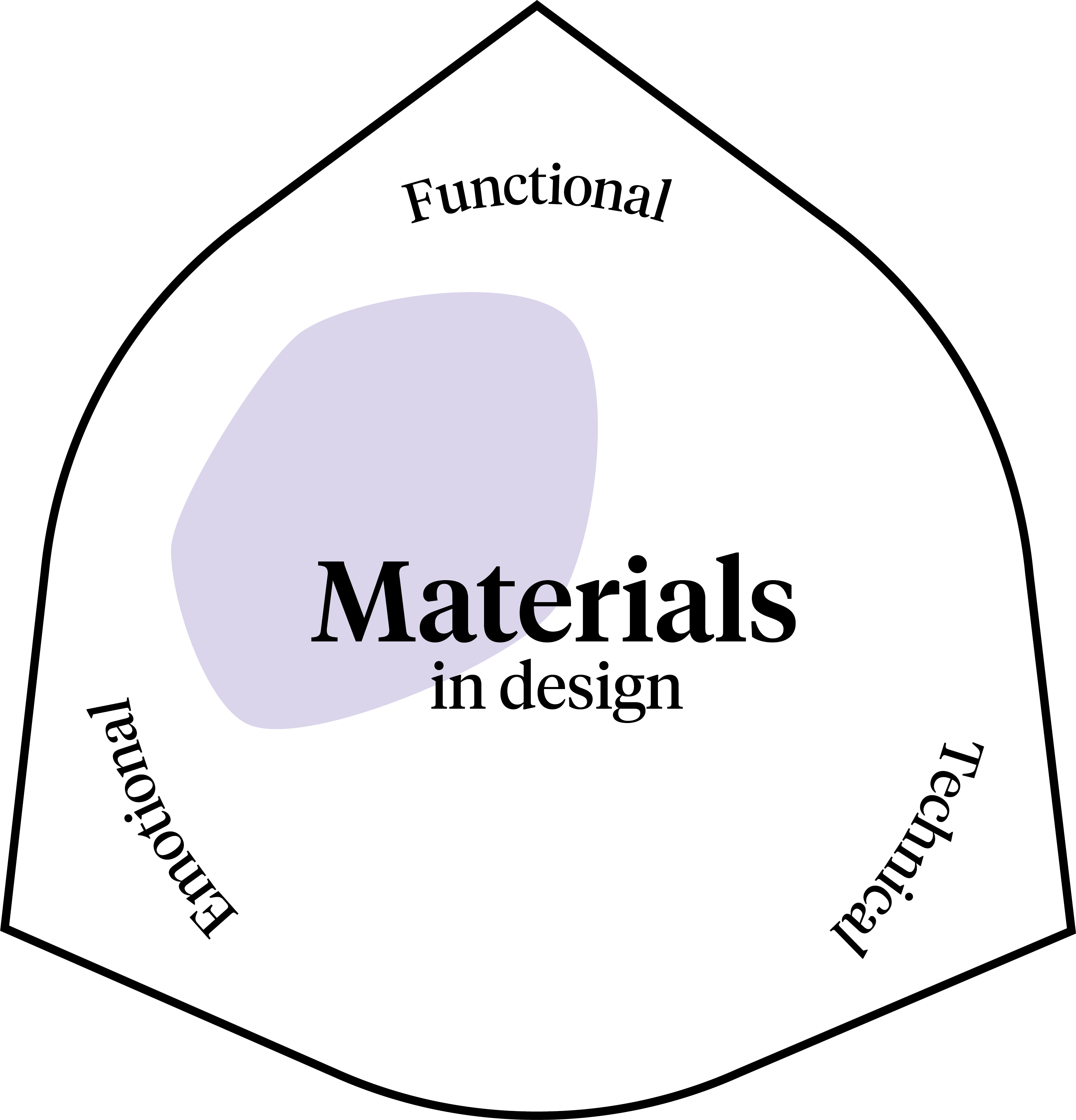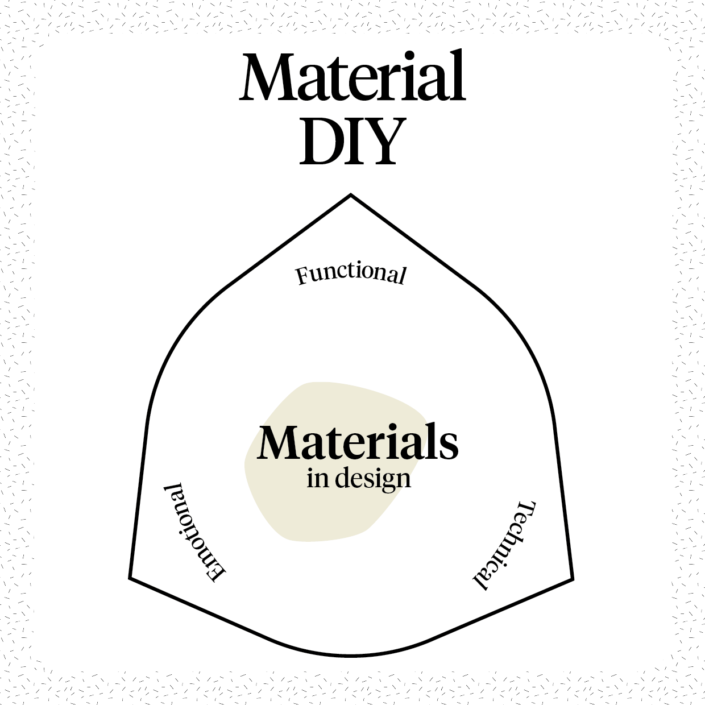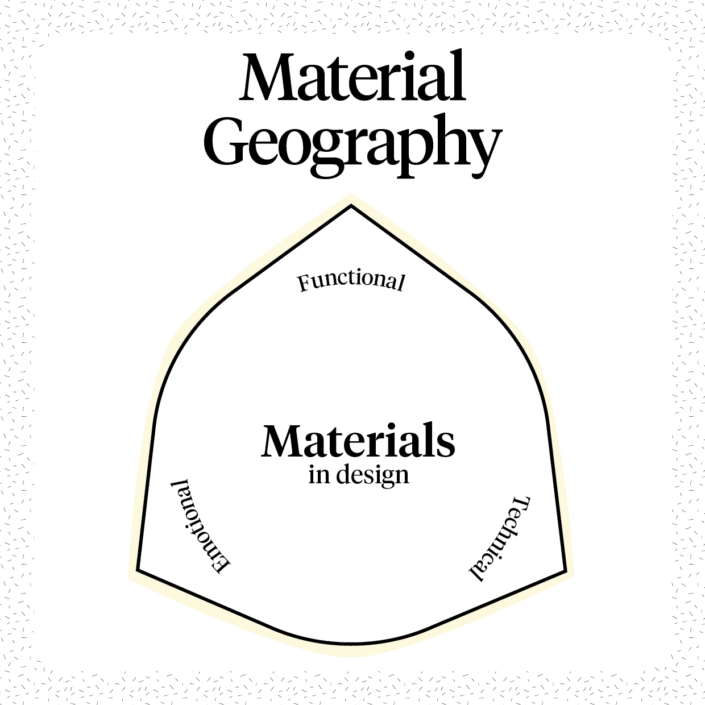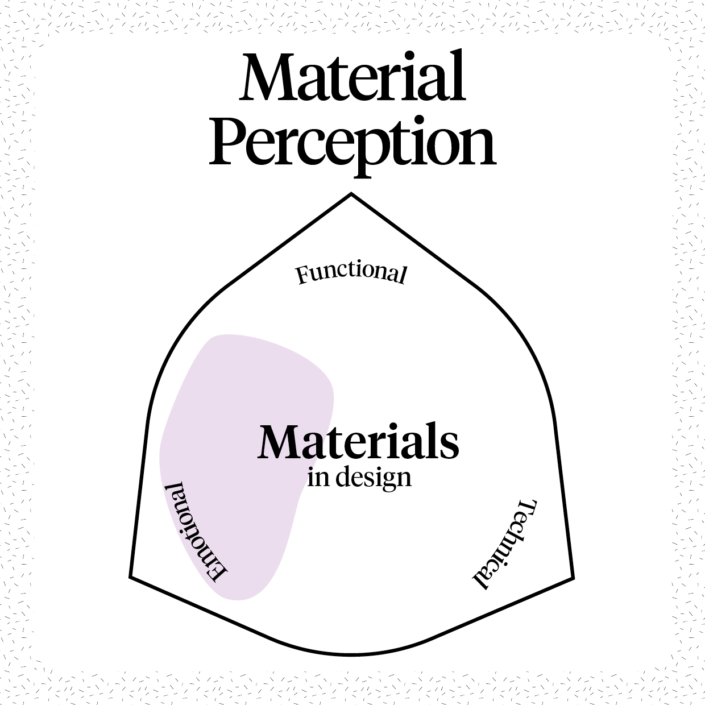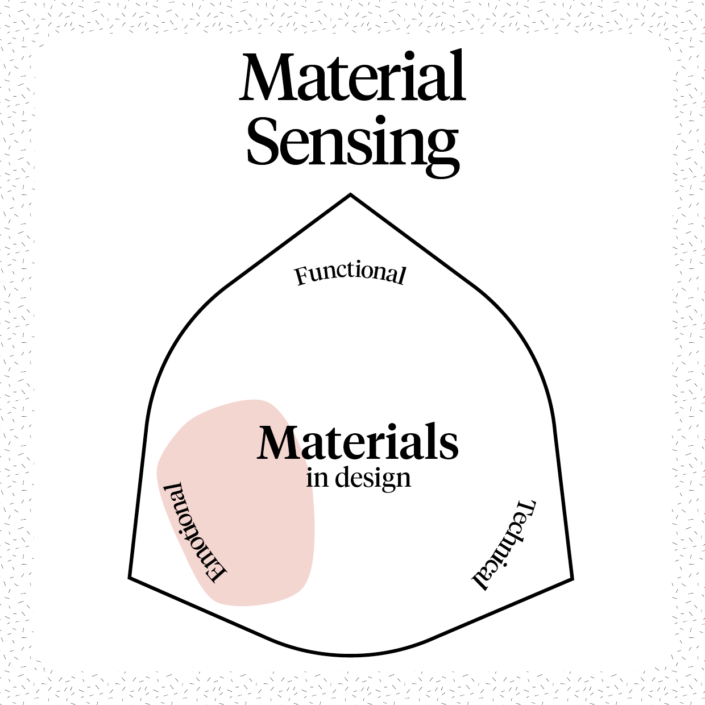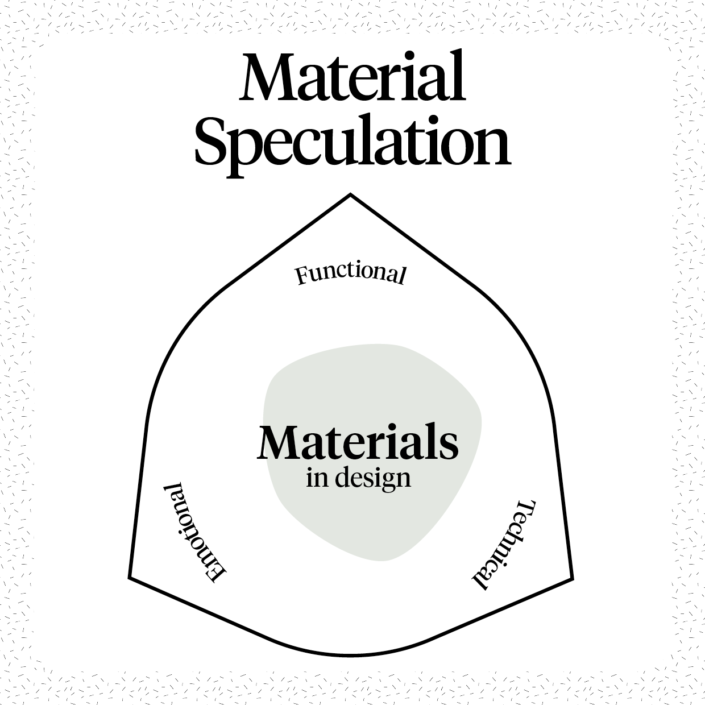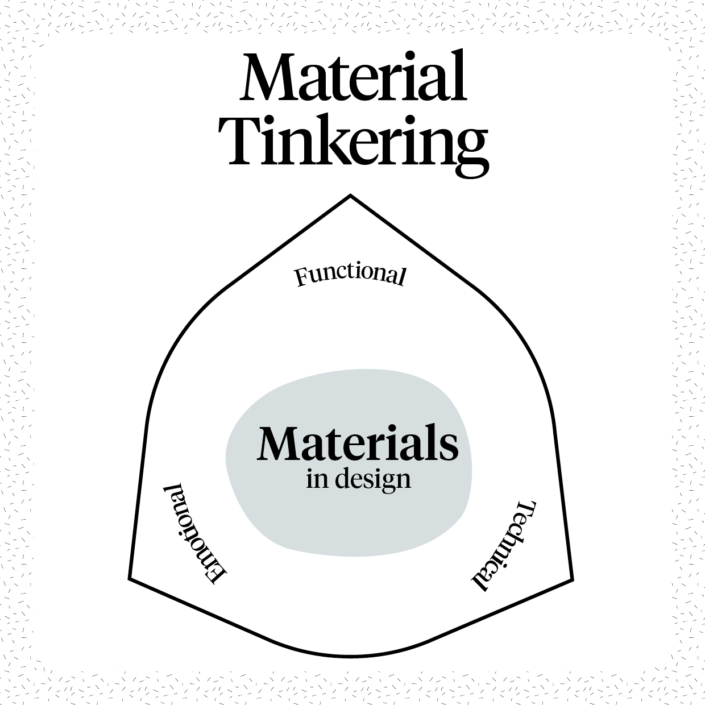What?
Material crafting revolves around knowledge, skills and experience in relation to material properties, behaviours and potentials. It is about making or working with materials as well as the potential for craft practice to foster collaborative communities.
Why?
Material crafting can support resilience at individual, communal and societal levels and can contribute to creating meaningful relationships with materials. It provides an alternative to mass-production that can support small and local enterprise practices and combined with digital practice, it can help preserve cultural heritage.
Challenges
- It may be challenging to compete with mass-production.
- Ethical collaboration when working alongside craftspeople and communities.
- Users might find it challenging to engage with craft techniques.
Examples
- CUCULA Refugee Company for Crafts and Design aims to show how craft, design and material histories can have a positive social impact.
- Rosa Tolnov Clausen uses craft as a catalyst for physical, social and creative interaction.
- Alei Verspoor’s Modern Modular Craft project explores how to combine modular design with co-design and ancient crafts techniques to create repairable circular economy products.
Further Reading
Bernabei & Power (2018). Hybrid design: Combining craft and digital practice. Craft Research, Vol. 9 (1), pp. 119-134.
Reubens (2019). Holistic Sustainability Through Craft-Design Collaboration. Routledge.
Sennett (2009). The Craftsman. Penguin Books.

